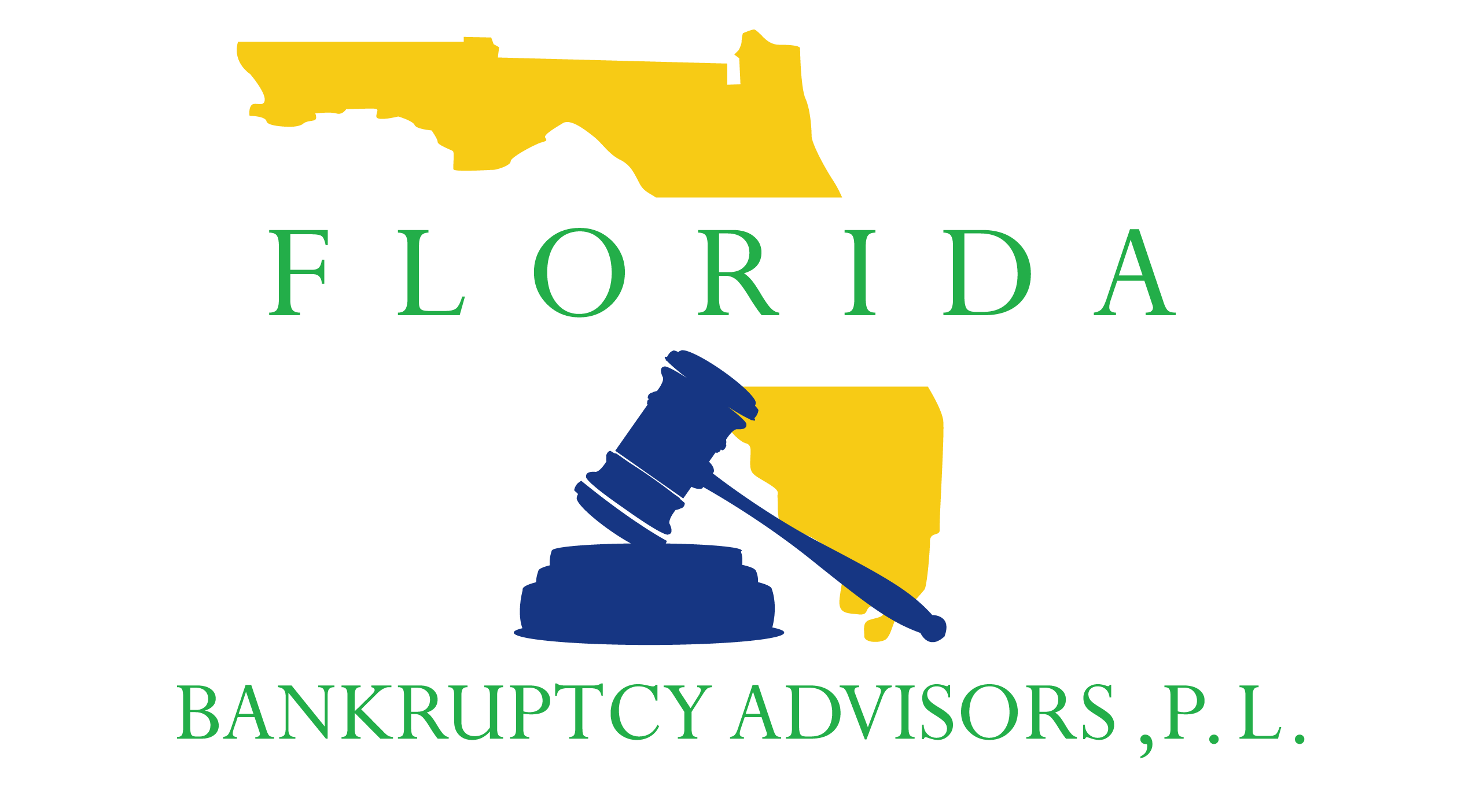Disposable Income
Basics
In bankruptcy, “disposable income” is a term defined in the bankruptcy code. Whereas in Chapter 7 bankruptcy, it is used to determine if you qualify for a Chapter 7 bankruptcy. Meanwhile, “disposable income” and “projected disposable income” is used to determine your minimum plan payment to your unsecured creditors in Chapter 13 and Chapter 11 bankruptcy,
In general, disposable income refers to the amount of income you have left over each month after deducting all allowable living expenses, not including repayment of the unsecured debt you are seeking to discharge in bankruptcy. If sufficient income remains after deducting allowable expenses, then there is a presumption that you can afford to pay at least some amount back to your unsecured creditors each month. Give us a call so you can speak with experienced bankruptcy attorney who can help you better understand factors. That may contribute to your disposable income calculations, and amounts you may be required to pay your creditors in bankruptcy.
Official Bankruptcy Forms are used to calculate disposable income, similarly for each of Chapter 7, 13 and 11 bankruptcy. Under each chapter, the calculation begins with “current monthly income”, which is defined in 11 U.S.C. § 101(10A). From there, you must deduct certain necessary living expenses to determine it. In Chapter 7 and Chapter 13 bankruptcy, the living expenses allowed to be deducted are identical, as described in 11 U.S.C. § 707(b)(2)(A) and § 707(b)(2)(B) (commonly known as the “means test” expense allowances, and are largely based off IRS standards). In Chapter 11 bankruptcy, the living expenses allowed to be deducted are not governed by the means test allowances.
Disposable Income in Chapter 7 Bankruptcy
In Chapter-7 bankruptcy, firstly you will need to complete Official Form 122A-1 first to calculate your “current monthly income”. And compare your current monthly income with the median income for your state and family size. If your income is more than median income for state and family size, then you will need to complete Form122A-2. This form provides for the deduction of allowable monthly household expenses. The results of Form 122A-2 determine if there is a “presumption of abuse”. A “presumption of abuse” really just means that there is a presumption that you can afford to repay at least some amount to your unsecured creditors each month, which makes you ineligible for a Chapter 7 bankruptcy. Form 122A-1 and Form 122A-2 are commonly referred to as the “Means Test” in a Chapter 7 bankruptcy.
Disposable Income in Chapter 13 Bankruptcy
In a Chapter 13 bankruptcy, you will need to complete Official Form 122C-1 first to calculate your “current monthly income”. And compare your current monthly income with the median income for your state and size of family. If your income is more than the median income for your state and size of family, then disposable income is determined to exist under 11 U.S.C. § 1325(b)(3). If there is determination of it under Form 122C-1, then commitment period for your Chapter 13 plan is 5 years. That means you will need to be in a 5-year Chapter 13 plan. Where your unsecured creditors are entitled to your “disposable income” during the 5-year plan period. To calculate actual amount of your disposable income, you will need to determine it by completing Form 122C-2. Which provides for the deduction of allowable monthly household expenses under the same guidelines as the Chapter 7 “Means Test.” This is made clear through 11 U.S.C. § 1325(b)(3), which states that the “reasonably necessary” expenses permitted to be deducted in calculating disposable income for above-median income debtors shall is based on the means test guidelines of § 707(b)(2).
Disposable Income in Chapter 11 Bankruptcy
In Chapter 11, the 707(b)(2) “means test” expense allowances used to calculate disposable income in Chapter 7 and Chapter 13 bankruptcy (through Form 122A-2 and Form 122C-2, respectively) are not incorporated into the calculation of disposable income in chapter 11 cases. Instead, chapter 11 determines the minimum amounts that must be paid to unsecured creditors by considering “projected disposable income” as calculated by using the actual expenses that are “reasonably necessary” for the support of the debtor and his or her dependents. This distinction of how to calculate “disposable income” in a Chapter 11 case vs. a Chapter 13 case is provided in 11 U.S.C. § 1129(a)(15), which only references the “reasonably necessary” expense requirements of Chapter 13 without relying on the stricter expense allowance guidelines of the means test (i.e., without referencing § 1325(b)(3)).
Since the stricter expense allowances of the means test that apply to the calculation of disposable income in a chapter 13 bankruptcy do not apply in a chapter 11 bankruptcy. Therefore, there may be an incentive for some debtors to file chapter 11 in order to use more flexible calculation. In hopes of having a lower required monthly payment to their unsecured creditors over the life of the plan.
Exempt vs. Non-Exempt Property
We understand what you're going through and want to help.
Call Now for a FREE Phone Consultation with an Experienced Bankruptcy Attorney to learn more about bankruptcy.
